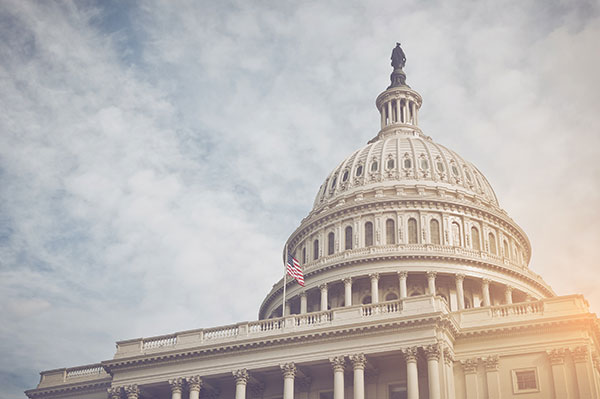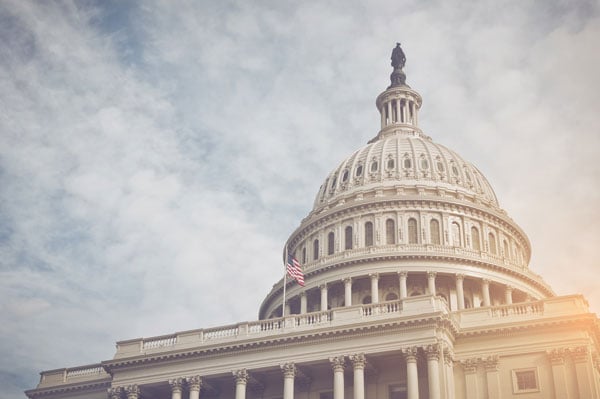Four Takeaways from the Next Generation 911 Cost Study Report Delivered to Congress this Week
As part of the Middle-Class Tax Relief and Job Creation Act of 2012 (P.L. 112-96), Congress directed the 911 Implementation and Coordination Office, which is housed within the National Highway Traffic Safety Administration at the U.S. Department of Transportation and is a joint program with the National Telecommunication and Information Administration in the Department of Commerce, to investigate the cost of implementing Next Generation 911 (NG911) service across the country.
The report was intended to “serve as a resource as [Congress] considers creating a coordinated, long-term funding mechanism for the deployment and operation, accessibility, application development, equipment procurement and training of personnel for Next Generation 911 services.”
Years later—after many hours spent interviewing stakeholders, collecting and analyzing data, and evaluating models—the National 911 Program this week delivered the Next Generation 911 Cost Study to Congress.
Mission Critical Partners applauds the progress made by the National 911 Program, not only by delivering this report, but also by creating a universal definition and framework for understanding the various stages of development and implementation of NG911 service nationwide. This effort marks a significant milestone in the Government’s role of advancing the nation’s 911 system and acting as an advocate for efficient and effective emergency response.
We caught up with several of our NG911 experts to discuss the four biggest takeaways from the Cost Study.




